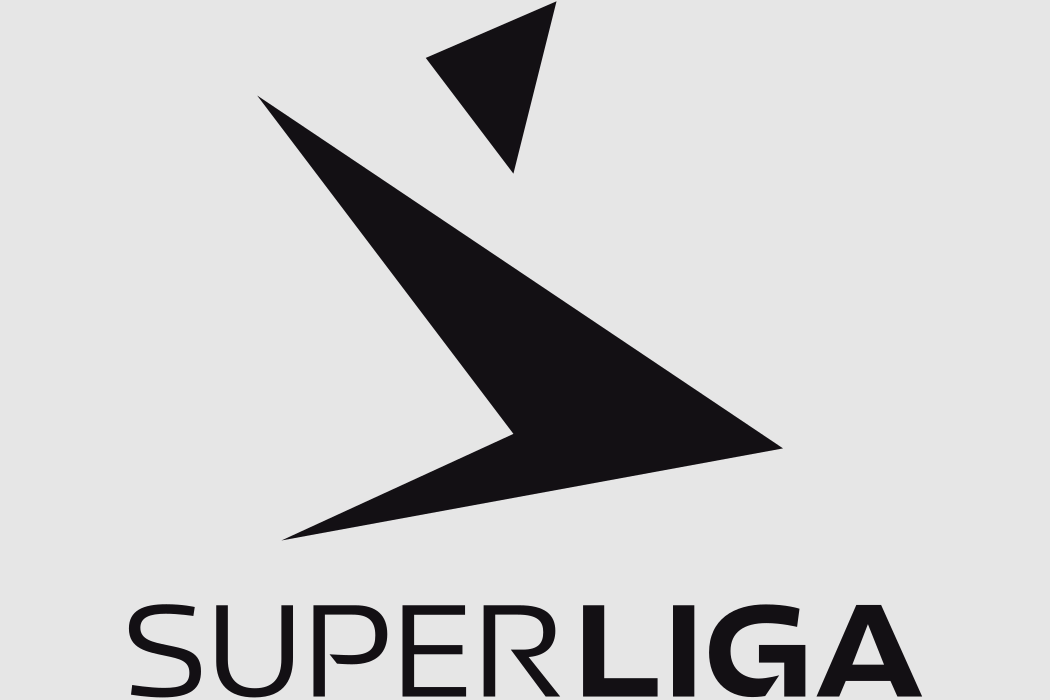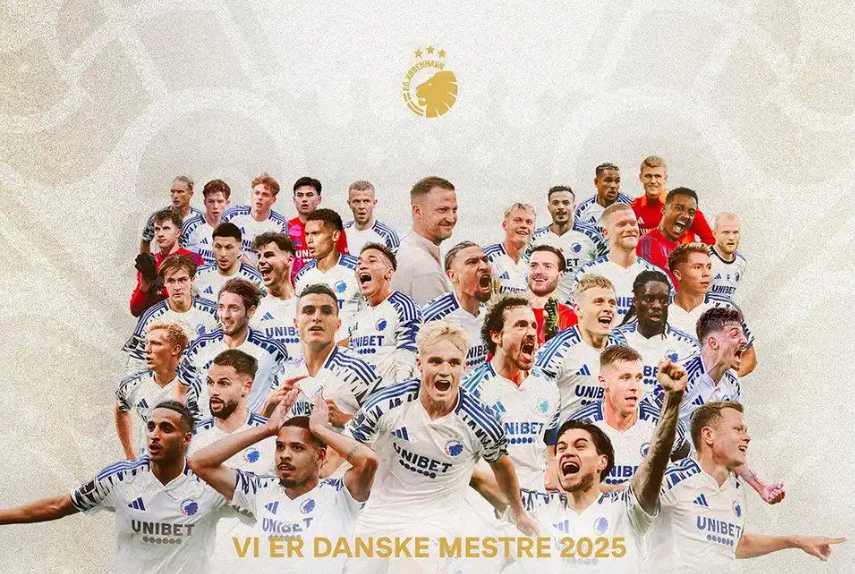About Danish Superliga
The Danish Superliga (Danish: Superligaen), commonly referred to as the Danish Superliga, is Denmark’s top-tier football league. It features 12 participating teams and is managed by the Danish Football Association.

League History
The Superliga was established in the 1991–1992 season, succeeding the Danish 1st Division, which was founded in 1946. In 1991, the league was upgraded to its current format as the Danish Superliga. Since 1991, the most dominant clubs in the league have been Copenhagen and Brøndby, with 16 and 7 titles respectively.
Denmark’s national team played its first international match in 1908; in 1913, the Danish Football Association organized the first national football tournament. Prior to this (1899–1913), only a few clubs in the Copenhagen area participated in an unofficially organized tournament called Kobenhavn A-Raeken. From 1913 onward, the tournament champion was officially recognized as the "Danish Champion."
Due to transportation issues caused by World War I, the 1915 tournament was left unfinished. Financial difficulties of the Danish Football Association were also cited as a reason for the interruption.
From 1927, the Danish football league introduced a tiered system. During World War II, the tiered league system was suspended, and teams were instead divided into 3 geographical zones, with the champion determined via a cup-style playoff.
In 1991, the Danish 1st Division was rebranded as the Superliga, with the inaugural season featuring 10 teams.
Between 1991 and 1995, the Superliga consisted of 10 teams, use a double round-robin format split into autumn and spring leagues. The bottom two teams of the autumn league were relegated, while the top 8 retained their results to compete in the following spring league. The spring league champion was crowned the season’s overall champion. Each team (excluding the bottom two of the autumn league) played a total of 32 matches (18 in autumn, 14 in spring), with 2 points for a win, 1 point for a draw, and 0 points for a loss.
In 1995, Denmark’s top league secured its first sponsor and was renamed the Coca-Cola Superligaen. Simultaneously, the Superliga expanded to 12 teams, and the points system was updated to 3 points for a win.
A year later, the league’s sponsor changed to Faxe Brewery, renaming it Faxe Kondi Ligaen. Before the 2001–2002 season, Scandinavian Airlines System (SAS) became the sponsor, and the league was called SAS Ligaen until 2010.
On September 11, 2020, it was officially announced that Qiu Hui Sports had acquired broadcasting rights for the 2020 seasons of leagues including the Danish Superliga, alongside Japan’s J1 and J2 Leagues, South Korea’s K League, Australia’s A-League, MLS, Eredivisie, and Swiss Super League.

Competition Rules
From the 1995–1996 season onward, the Superliga expanded to 12 teams, use a triple round-robin format. In addition to home and away matches, the venue for the third match between two teams is determined by their rankings from the previous season—the higher-ranked team hosts the match. Each team thus plays a total of 33 matches, with 3 points for a win, 1 point for a draw, and 0 points for a loss.
The league champion qualifies for the second round of the UEFA Champions League qualifiers, while the runner-up, third-place finisher, and Danish Cup champion earn spots in the UEFA Europa League. The bottom two teams are relegated to the Danish 1st Division.
